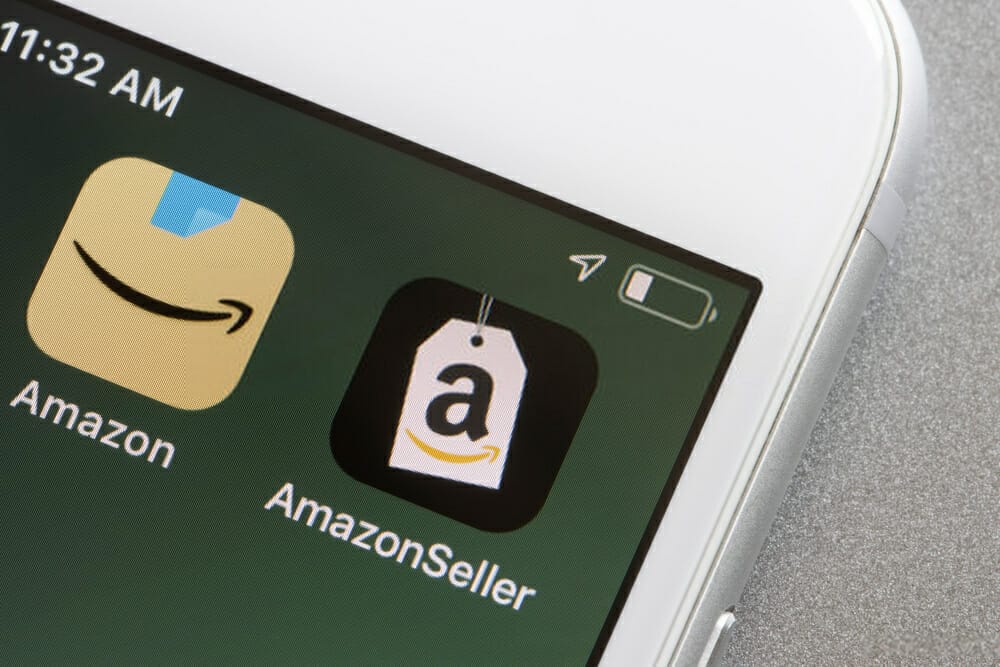The statistics are clear: Amazon has the upper hand in the world of eCommerce. In 2021, by the time the year is over it is estimated that the internet giant will make up more than 50 percent of the total online sales across the United States.
Amazon has changed the way we think about online shopping. It offered shoppers quick delivery, personalized suggestions, and competitive prices. For millions of consumers, Amazon is the first place to go for searching for products (74 percent of searches begin at Amazon) and purchasing. Similar to a shop with endless aisles, Amazon seems to offer everything one would ever need. You can browse and purchase without leaving our homes. And we can purchase the items we need from a reliable company with just a click. So, why should shoppers go elsewhere?
In the simplest way, to sell your product on Amazon it is all you need the product you want to sell and the Amazon seller’s account as well as a method of getting your product in front of the customer.
If you’ve got an item to sell or you’re looking to join the market but don’t know what you want to sell there’s a method that can help you sell your products on Amazon. We’ll go over the various alternatives and options you can choose from in building your business and will focus on one that’s proven to be successful and adaptable technique: PRIVATE LABEL
Private Label The process of creating your own brand or product label (we’ll go over this in more depth in this article)
Wholesale purchasing products in large quantities directly from a brand or distributors who have extra inventory to be sold on Amazon
Reselling/Arbitrage purchasing discounted items through stores or online to sell on Amazon
Dropshipping The purchase of products direct from an manufacturer, who then fulfils the order and delivers directly to the client
Handmade: Creating/crafting your own products for sale on Amazon
You can manage your fulfillment using Amazon’s Fulfillment by Amazon (FBA) program where Amazon manages all storage packaging, shipping, and packing of your items. We’ll go over this process in greater detail. You can also sell your products through the Amazon Merchant-Fulfilled Network (aka Amazon Fulfillment by Merchant or FBM) in which case you’ll be accountable for the fulfillment of all orders.



